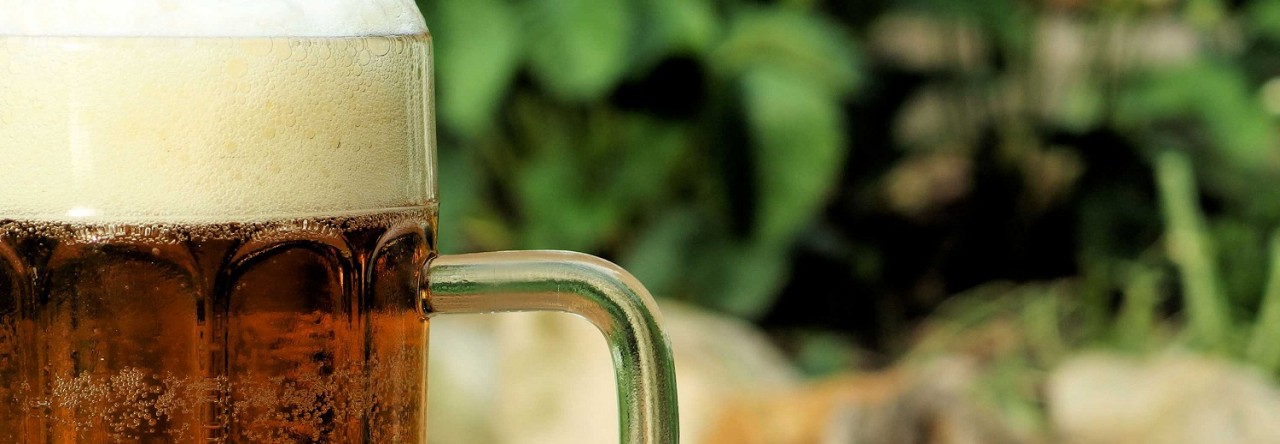Mike shares his latest endeavor – a hoppy American pale ale experiment. Cutting to the chase, this post is part one of a two-part series where we’ll dive into the recipe, taste, and evaluate the hops. In the next installment, we might do a comparison with a special twist.
He has brewed a lot of light lagers lately, but it’s time to return to something a bit more hop-forward. So, let’s explore the recipe and process behind this refreshing summer beer.
American Pale Ale Recipe
Here’s what Mike put together:
Grains:
87% Briess Brewer’s Malt
7% Carapils malt
5% Munich malt 10°L
Hops:
1 oz (28g) Nugget at 60 minutes
1 oz (28g) Amarillo at 15 minutes
1 oz (28g) Simcoe at 15 minutes
15 minute Whirlpool addition of Cascade and Amarillo at 175-180°F (79-82°C)
Yeast: 1 packet of Fermentis US-05
Process:
Mash at 150°F
Mash-out at 168°F (75.6°C) for 10 minutes
Boil for 60 minutes
Fermented at 2 weeks at room temperatures
Results:
Original Gravity (OG): 1.056
Final Gravity (FG): 1.010
ABV: Approximately 6%
Tasting Notes and Thoughts
First off, the beer has a pleasant aroma though it lacked the intense citrus brightness we hoped for. The Nugget hops contributed a grassy, rather than resiny, bitterness. The flavor was enjoyable but not as vibrant as expected. Despite using Amarillo and Cascade in the whirlpool, the hop character wasn’t bright and citrusy.
The beer’s color came out beautifully, a darker gold with consistent foam and nice lacing on the glass. It’s a super drinkable beer, but we were left wanting a bit more hop brightness. The US-05 yeast performed well, allowing the malt and hops to shine without interference. While this batch may not have hit all the notes we were aiming for, it’s still a solid and balanced American pale ale.
Stay tuned for part two of the American pale ale experiment. He may be using different hops or perhaps a new yeast strain to see if we can enhance that hop character.
BREW ON!
